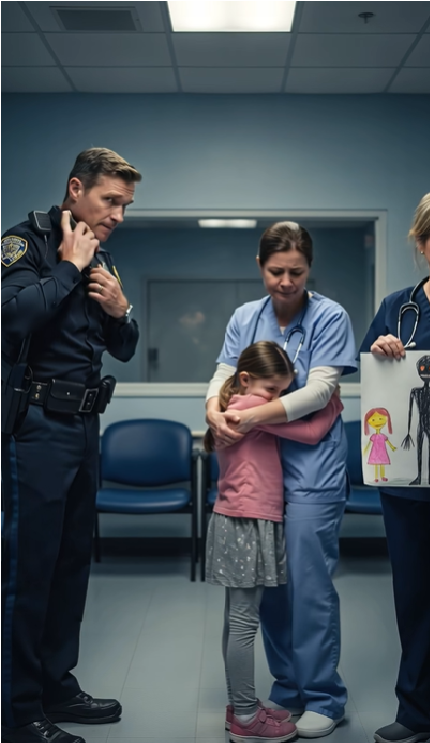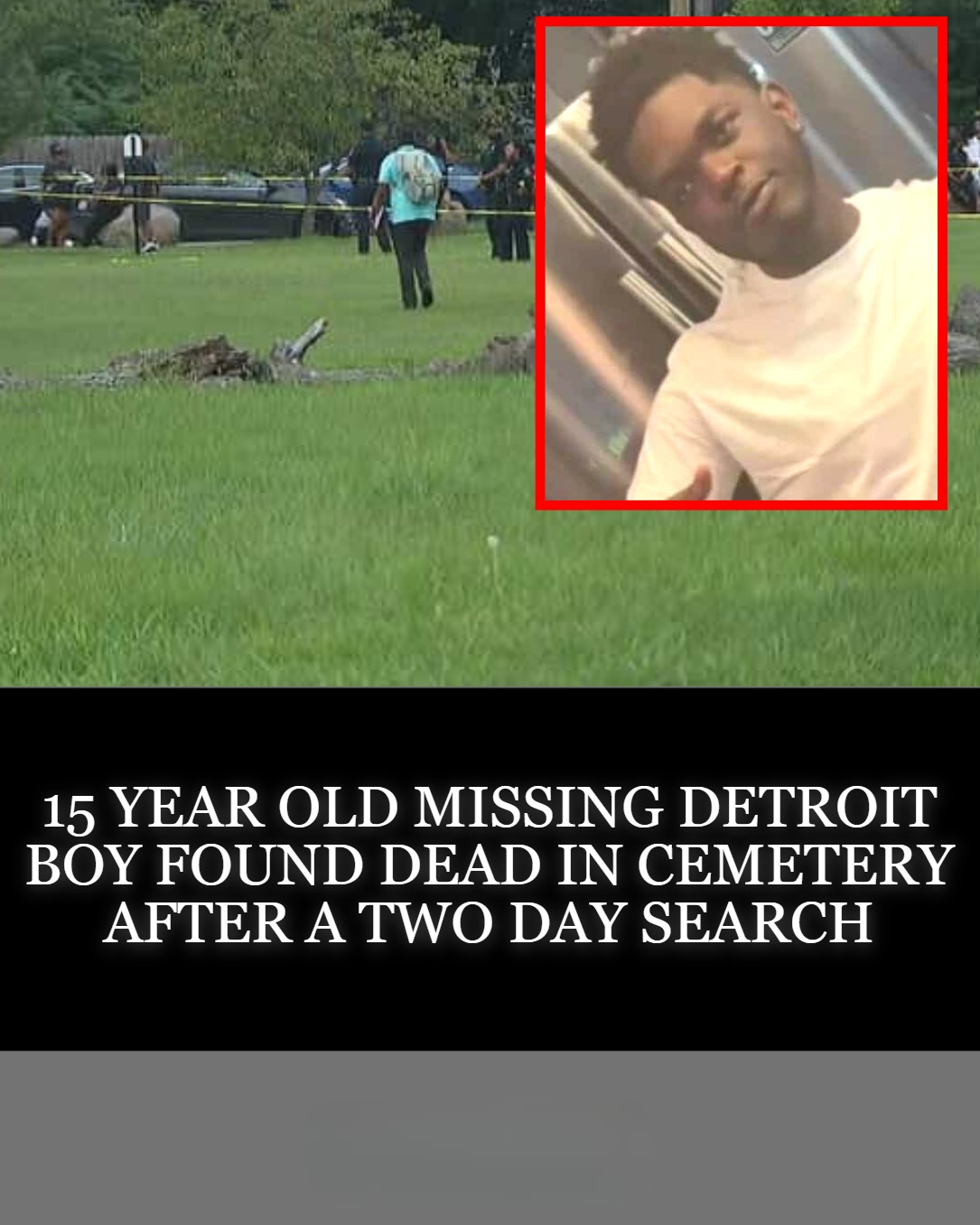It was a typical Monday morning at Pinewood Elementary. Sunlight poured through the windows as kids settled into their colorful chairs, chatting about their weekend. Mrs. Olivia Henderson moved smoothly between desks, her warm smile calming the class—everyone except six-year-old Emily Taylor.
“Good morning, everyone,” Mrs. Henderson said cheerfully. “Let’s share something special from our weekend.”
Hands shot up, but Emily stood stiffly by her desk, clutching her backpack like armor.
“Emily, sweetheart, please sit down,” Mrs. Henderson urged gently.
The girl shook her head, tears brimming in her big blue eyes. “I can’t,” she whispered, voice shaking.
Mrs. Henderson knelt down, lowering her voice so only Emily could hear. “Are you feeling unwell?”
Emily’s lip trembled as she hugged her backpack tighter. “It hurts to sit,” she finally admitted, a tear tracing her cheek.
Mrs. Henderson’s brow furrowed in worry. “Do you want to see the nurse?”
Another shake of the head. Emily was now visibly shaking. “It was big and thick, teacher,” she whispered. “And it scared me.”
A cold shiver ran down Mrs. Henderson’s spine. After fifteen years teaching, she trusted her gut—and this felt terribly wrong.
“Class, open your books to page twelve,” she said, forcing calm into her voice. “Madison, you’re in charge while I step out.”
Taking Emily to a quiet corner, Mrs. Henderson handed her paper and crayons. “Can you draw what scared you?”
Hesitant at first, Emily’s small hand moved, sketching crude shapes that made Mrs. Henderson’s stomach twist. When Emily finished, she pushed the drawing forward, trembling. Mrs. Henderson stared, hand covering her mouth to hide a gasp. The image was something no child should ever have to draw.
“Who showed you this, Emily?” she asked, voice steady but heart racing.
“Sunday,” Emily whispered, hugging herself. “It was so big. I didn’t want to get close.”
Hands trembling, Mrs. Henderson dialed the principal’s office. “This is Olivia Henderson. Call 911 right now. And notify Emily’s mom—it’s urgent.”
As sirens wailed in the distance, she looked at Emily’s tear-streaked face and silently vowed: whatever happened, she would protect this child. The truth, when revealed, would shock the community.
Emily had always been the light in her mother Sarah’s life. Sarah, a nurse, worked tirelessly after her husband’s military deployment three years prior. Their cozy home on Maple Street was filled with Emily’s drawings and books.
Last Friday, Sarah had extra shifts. “I have to work, honey,” she told Emily, who looked disappointed. “Uncle Nathan offered to take you and your cousins out Sunday. Want to go?”
Emily’s eyes lit up. Nathan, Sarah’s younger brother and a biology professor, adored Emily and often sparked her curiosity. Sarah even bought Emily a new outfit for the day: jeans with sparkly butterflies and a bright yellow tee.
When Sarah returned late Sunday, exhausted, Emily was asleep, tucked in by Nathan’s wife, Melissa. A brief text from Melissa said they’d had a great but tiring day. Monday morning felt rushed; Emily was quieter than usual, which Sarah chalked up to a big day.
Then Sarah’s phone rang at work. The principal’s serious voice shattered her calm. “There’s been an incident involving Emily… police have been called… please come to the school immediately.”
Sirens shattered the morning stillness as Officer James Daniels stepped out of his cruiser. Forty-two, with fifteen years on the force—five specializing in child cases—his kind eyes masked a steely resolve.
In the principal’s office, Mrs. Henderson recounted the morning, sliding the drawing across. Daniels studied it, keeping his face professional despite growing unease.
“Who was Emily with this weekend?” he asked.
“We think her uncle watches her when her mom works,” the school counselor said.
Suddenly, a woman in scrubs burst in—Sarah, terrified. “Where’s my daughter? What happened?”
Daniels stood, calm but firm. “Ms. Taylor, we’re investigating a troubling matter involving Emily.” Her eyes locked on the drawing, pale.
“Did Emily draw this? Where is she?”
Before he could answer, his partner entered, grim-faced. “The backpack,” he said quietly. “You’ll want to see this.”
Sarah followed them down the hall. Outside the nurse’s office, Daniels warned, “Emily is safe but clearly upset.”
Inside, Emily sat clutching a tissue. Seeing Sarah, she sobbed, running into her arms. Over Emily’s shoulder, Sarah saw Officer Rivera carefully bagging the backpack.
“Emily, can you tell me what happened?” Sarah whispered.
“It hurts to sit,” Emily cried. “I got in trouble for not sitting.”
Sarah felt a chill. “What hurts?”
Emily squirmed, pointing vaguely. “Here. It’s red and stings.”
Daniels stepped forward. “Ms. Taylor, Emily needs a medical exam. It’s standard after incidents like this. Also, we need to analyze a stain found on her backpack.”
“What stain?” Sarah asked.
“Emily,” the counselor gently asked, “can you tell us about Sunday? Who were you with?”
“Uncle Nathan, Aunt Melissa, Jason, and Mia,” Emily answered. “We saw animals. One was really tall. It scared me.”
Daniels knelt to Emily’s level. “About the stain on your backpack—what happened?”
Emily looked guilty. “It was an accident,” she whispered, hiding her face.
“We’ve arranged for Emily’s exam at Pinewood Children’s Hospital,” Daniels said, handing Sarah a card. “We’ll need to speak with your brother soon.”
Sarah shivered. What had happened on a simple family outing? Why wouldn’t Emily talk?
At the hospital, Dr. Wilson delivered the news: Emily had severe skin irritation likely from her new jeans and heat—not trauma or abuse.
Meanwhile, police tech recovered deleted photos from Nathan’s phone, revealing images of Emily with a large wet stain on her shirt.
Officer Rivera reported, “The stain is plant material and animal saliva—likely from a large herbivore.”
Nathan explained, “The giraffes. Emily fed them lettuce; one slobbered on her. She was upset because her new clothes got dirty.”
Emily’s cousins confirmed: Emily cried because of the slobbery giraffe and said her legs hurt after walking.
Child psychologist Dr. Amanda Lewis gently spoke with Emily, who described a “big and thick” neck—her way of explaining the giraffe’s long neck.
Emily’s drawing, once terrifying, now made sense as a child’s view of the giraffe.
Outside, Mrs. Henderson whispered, “It was just a giraffe all along.”
Daniels nodded. “Context changes everything. You acted to protect a child—that’s never wrong.”
Back at school, Emily proudly shared a story about giraffes, no longer scared but curious and confident.
The family, the teacher, and officers later visited the zoo again, where Emily laughed as a giraffe’s long tongue tickled her hand. “See you next time,” she said. “I’m not scared anymore.”
What almost tore them apart became a moment of healing, courage, and understanding.




